Typically after the initial surge of new servers when CPUs are refreshed, Dell starts releasing the purpose-built servers that are often derivatives of their cousin. That’s the case with the Dell PowerEdge R760xa, a mainstream GPU server in the flexible workhorse R760 family.
Dell PowerEdge R760xa
The PowerEdge R760xa is a 2U chassis with twin Intel 4th Gen Xeon processors with up to 56 cores and offers support for four dual-width GPUs or 12 single-width GPUs, meaning it can be a beast at training, inferencing or some hybrid AI monster in between. Dell is supporting the usual GPU suspects from NVIDIA, AMD, and Intel in this box. Like the other R760’s, the R760xa has 32 DDR5 DIMM slots.
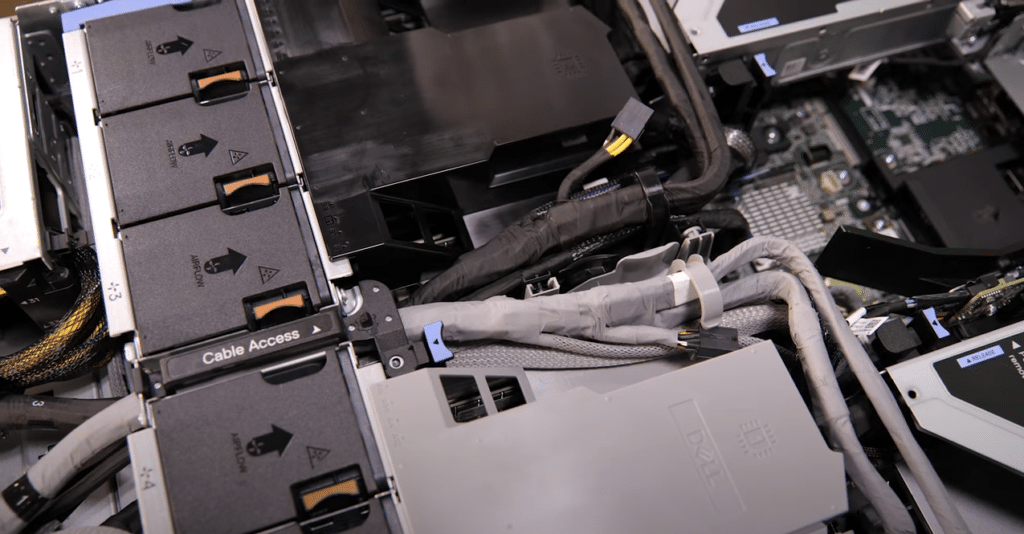
While the standard R760 can handle GPUs, the PowerEdge R760xa is purpose-built for the job and shifts the guts around inside the chassis to make room. The server is rated for 35C ambient and has plenty of internal cooling, but Dell has done some housekeeping to be efficient with the design.
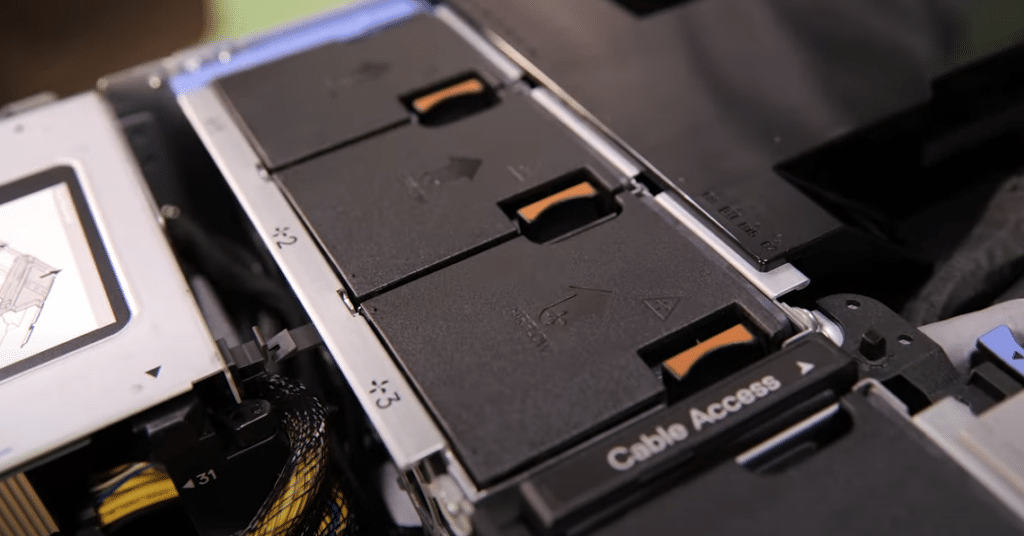
The high-power GPU bays are brought to the front of the chassis on either side, so they get first access to fresh air via six fans. This is similar in design to the R750xa before it. Here you can house the 4x double-width GPUs or 8x single-width inferencing GPUs.
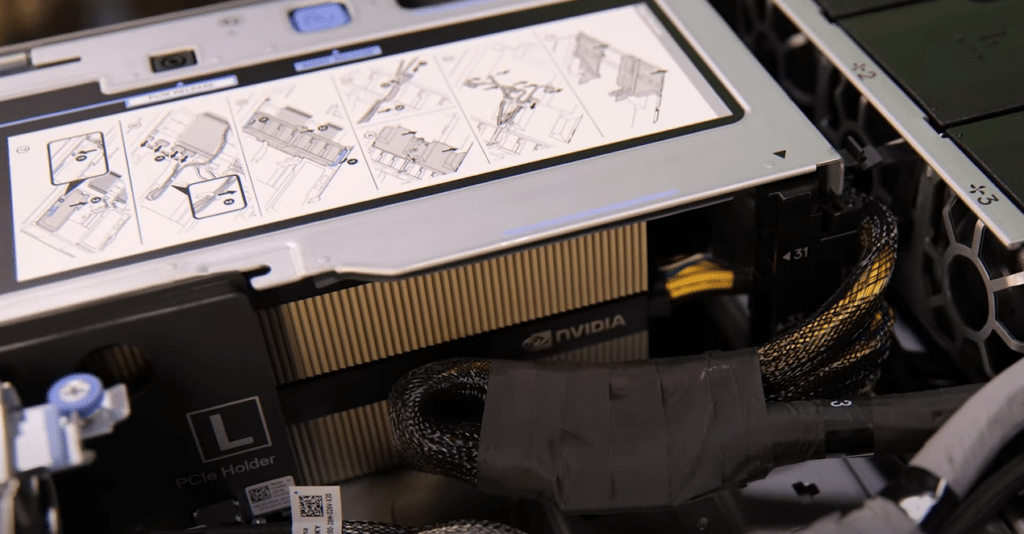
In the rear, there are two risers that can be used for four more lower-power single-width GPUs or I/O. All of the slots are x16, which means there’s a good opportunity to get high-speed networking in, something like 200GbE or 400GbE NICs. The rear risers support four x16 full-height, half-length cards. If you opt for a GPU-dense version of this server, there’s an OCP slot for I/O.
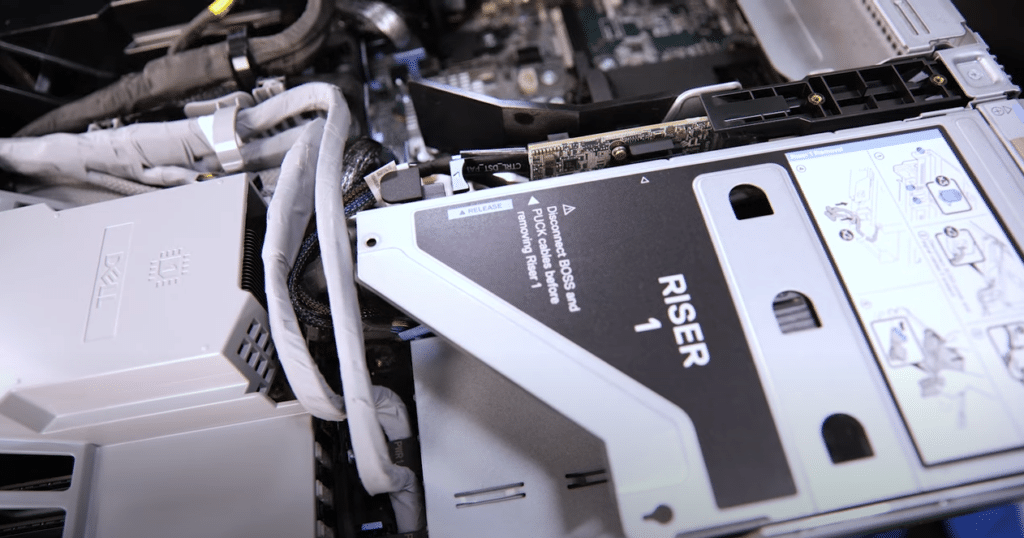
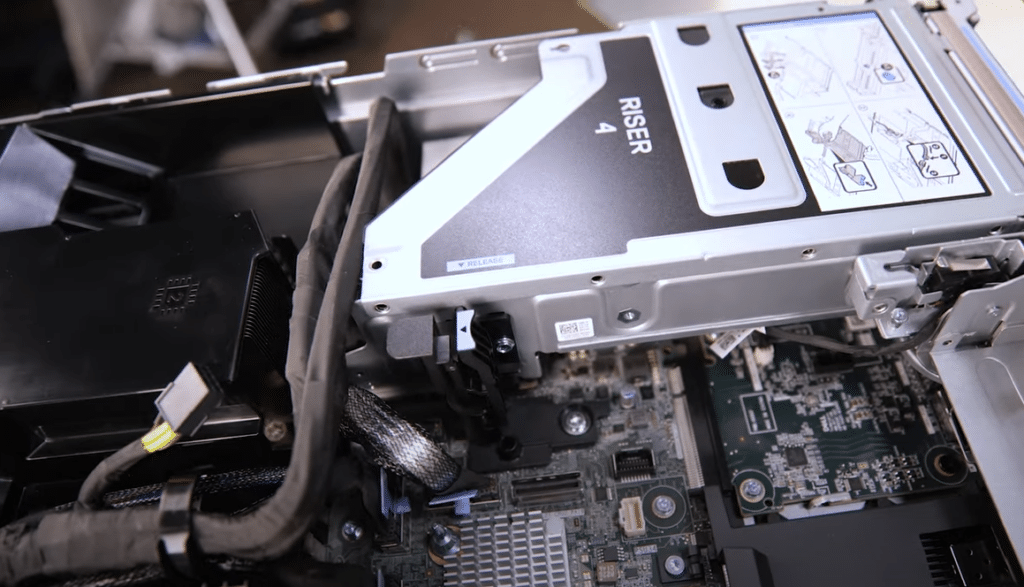
The SSDs are centered in this chassis; the PowerEdge R760xa supports 8x SATA & SAS if you want those for some reason. Serious configs will take advantage of NVMe, where the R760xa supports 6x Gen5 U.2 or E3.S SSDs through the Dell PERC card. BOSS drive is supported for boot, including the new BOSS-N detailed in our R660 review. Also, for additional flavor on what E3.S brings to the table, check out our R660 with E3.S review.
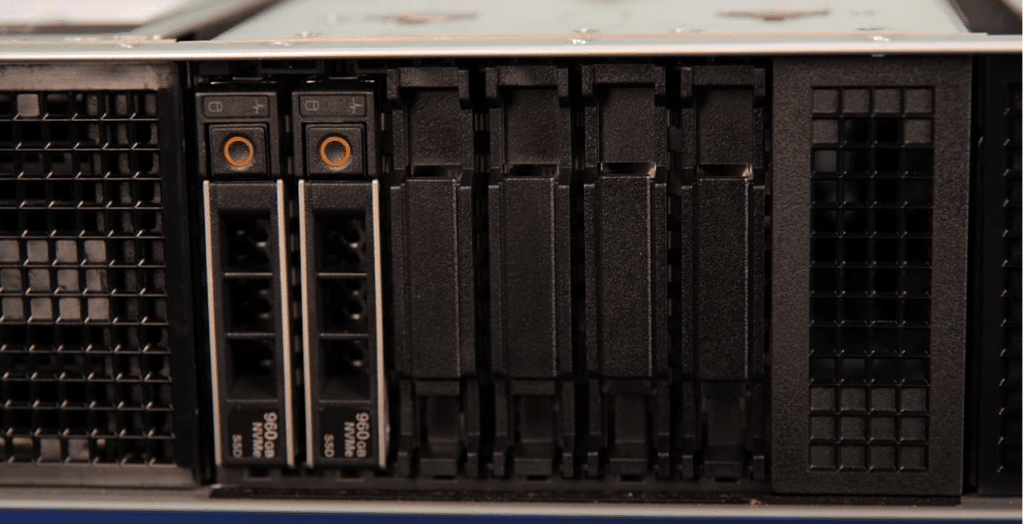
For the E3.s configuration, Dell has published an infohub piece that details the CPU assignment. As with all powerful servers, especially those with so many add-in cards, ensuring CPU balance is key to driving the best possible performance from the system.
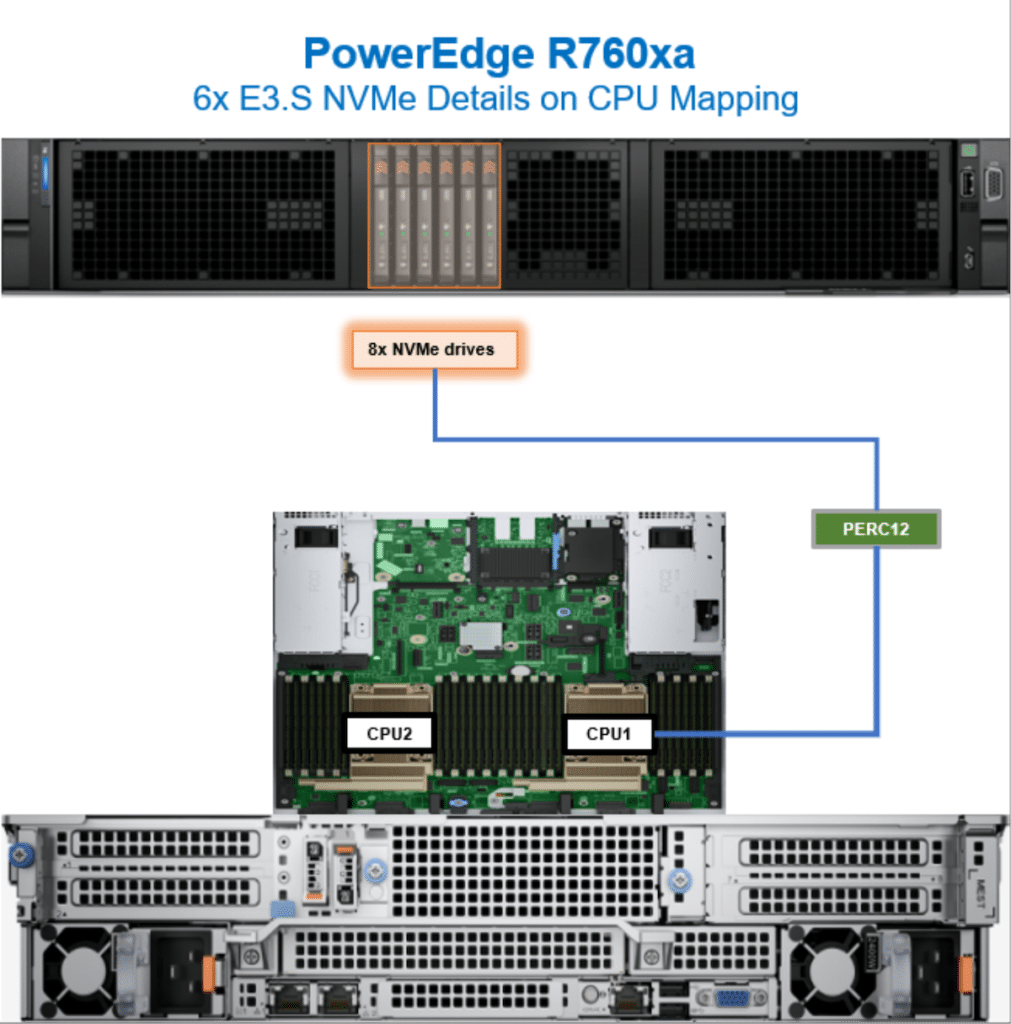
Of course, because it’s PowerEdge, all of the common management and reporting options are there, like iDRAC, OpenManage, and CloudIQ.
Market Impact
The Dell PowerEdge R760xa brings an impressively dense GPU server to a broad and diverse set of use cases. It’s a nice midrange step before moving up to the more serious GPU servers like the PowerEdge XE9680, which supports eight double-wide GPUs inside. And the R760xa can easily be tuned to be a training box or an inferencing box, with support for four double-wide GPUs or 12 single-wide GPUs.
Of course, the Dell R760xa has all the software, security, and manageability that PowerEdge customers have come to expect, so while the data science teams will heavily leverage this, IT admins can feel comfortable having it in their rack.




 Amazon
Amazon